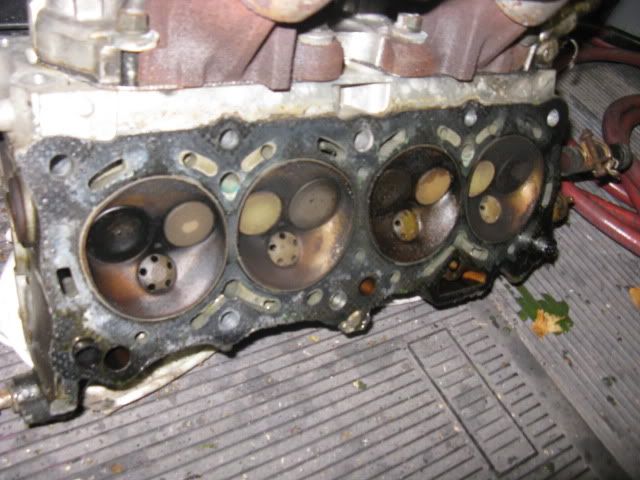FW17 wrote:R_GoWin wrote:
I would question the authenticity of the source as if you see the image on the twitter feed and article in Polish - it clearly shows a Mahle TJI and says 97% of fuel in main chamber is provided by port fuel injection - which is not allowed in F1.

Why would it be difficult for an injector to inject 97% of fuel in the cylinder and 3% in the prechamber?
Once the idea is formulated engineers more often than not get to the solution. With large teams working, it is all the more faster
Two reasons – atomisation and charge preparation. The difficulty with TJI for liquid fuels is not in fuel metering to deliver a ~97%-3% split, but to deliver a suitable mixture quality without compromising the performance of the prechamber or the main chamber.
The article explains a TJI and a business group head promoting it in shareholder meeting as evidence. I didn’t find either of them convincing because - the former is not allowed by F1 tech regs (two injectors) and the latter is a time for tub thumping and chest beating to celebrate successes. I do not doubt Mahle
may have adapted this technology, but I do question its usability in its native form (prechamber with spark plug + DI housed inside) with
liquid fuels. This concept is established with gaseous fuels. And I am making the assumption that fuel vaporisers are not allowed by the tech regs in F1.
As far as I understand, the rules do not allow more than one injector. But the main chamber and prechamber place different requirements on the injector - in terms of liquid length. I'd imagine one wouldn't want to hit the walls of the pre chamber - as depending on the Weber number of the fuel droplet - it would either splash and form a liquid film (hence risking pre-ignition knock in the rich prechamber cavity) or rebound off the walls and increase the risk of spark plug fouling. So you would want short liquid lengths in the pre- chamber. And the primary way to achieve that by design is to have large injector nozzle hole. But this would result in blobs of fuel which do not evapourate well. Instead, if you select the injector for ideal operation in the main chamber - even if somehow the injector is able to spray into the main chamber via the holes of the pre-chamber (which I cannot see how) – its nozzle jet cone angle will have to be so small that it would conserve more momentum from injection. This would limit the effectiveness of spray break-up process that happens at the shear layers between the re-circulating vortices and the high velocity fuel jet. This compromises fuel atomisation, fuel spread and stratification.
The more obvious challenge is the differences in nozzle flow rates and injection pressure required for main and pre-chamber fuel delivery. But I’ve seen what some advanced injectors can do with digital rate shape modulation and I am willing to consider it as a plausibility. There are a load of other ‘smart’ injectors out there with pressure modulation/variable nozzle opening etc – but I haven’t checked the regulations to see what’s allowed and what’s not.
@FW17 - I am not saying this is how things are because I have no greater insight. If Mahle has done it, then chapeau! But this is way I read the physics of the situation.
Now what could be a possibility is that the DI injector sits outside the so-called TJI and the compression stroke forces the vapourised fuel into the pre-chamber.





